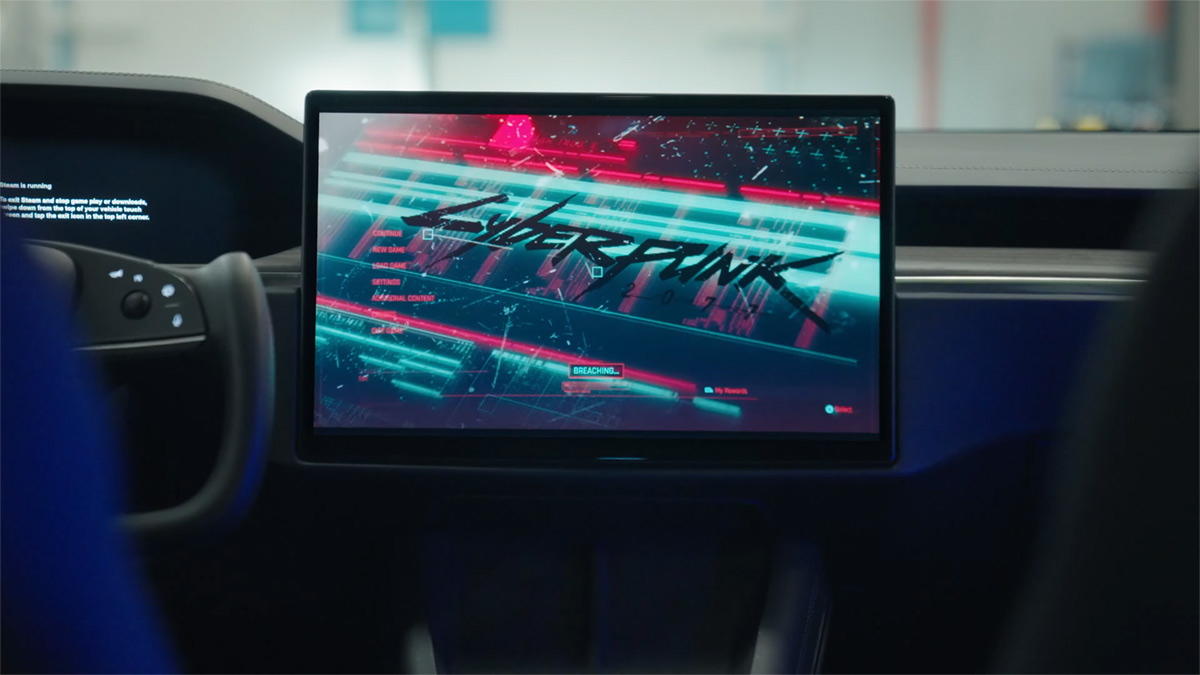Mars helicopter makes history with its first flight on another planet

The day has finally arrived! Ingenuity, the little helicopter that tagged along to Mars with NASA’s Perseverance rover, has now made history by achieving the first powered flight of an aircraft on another planet.
This story has been updated.
Ingenuity, the Mars Helicopter, is a ground-breaking technology demonstration to test powered, controlled rotor flight on Mars. This is something that was once thought to be impossible, due to Mars’ extremely thin atmosphere. The mission team has now proved that this is, indeed, possible, and this could lead to new types of exploration on Mars.

Perseverance’s first rover selfie, on April 6, 2021, included Ingenuity in the picture (also shown enlarged in the inset). Credit: NASA/JPL-Caltech/Scott Sutherland
After a few delays, the Mars helicopter performed its first test flight at 3:30 a.m. ET, on Monday, April 19.
During this test, Ingenuity spun its twin rotors up to 2,500 revolutions per minute. This generated enough lift for the helicopter to rise up into the air to a height of 3 metres above the ground. Ingenuity then hovered, pivoting towards Perseverance in the process, and gently lowered itself back to the ground.

This still image from the Mastcam-Z video shows Ingenuity hovering above the surface. Visible on the ground beneath it is the helicopter’s shadow. Credit: NASA/JPL-Caltech
“We can now say that human beings have flown a rotorcraft on another planet!” said Mimi Aung, Project Manager of the Mars Helicopter Ingenuity at NASA’s Jet Propulsion Laboratory.
The data from this flight was relayed to Earth via Perseverance and the Mars Reconnaissance Orbiter, arriving shortly after 6:30 a.m. ET. The data to confirm the successful test consisted of a simple graph that showed the helicopter’s altitude with time. Images taken by the downward-facing cameras on the helicopter were also transmitted back to Earth.
The best view of this flight, though, was provided by the Perseverance rover, via its high-resolution Mastcam-Z camera. Watch the flight, below:
DUSTY MARS
Mars is a very dusty planet. This was a significant concern for the Ingenuity flight team, due to the potential for the test to kick up a substantial amount of dust, possibly causing problems with the flight, or obscuring their view of it from Perseverance.
During the flight, Perseverance captured high-resolution imagery, and NASA scientists applied special processing to those images to determine how much dust Ingenuity displaced during the flight. A side-by-side video is presented below, showing both the highly processed view used to detect the dust, and an enhanced view of the original footage with that dust movement added in.
According to NASA: “The view on the left uses motion filtering to show where dust was detected during liftoff and landing and the view on the right is enhanced with the motion filtering. Scientists use this image processing to detect dust devils as they pass by Mars rovers. A ghostly ‘cut-out’ of the helicopter is visible in each side-by-side format; that’s an artifact related to the digital processing.”
DELAYS
Originally, Ingenuity’s test flight was scheduled for Sunday, April 11. In the days leading up to that date, however, the team noted a problem while testing its systems.

The Mars Helicopter, imaged by one of Perseverance’s navigation cameras (Navcams) on April 5, 2021. Credit: NASA/JPL-Caltech/Scott Sutherland
As the mission team reported in a status update: “During a high-speed spin test of the rotors on Friday, the command sequence controlling the test ended early due to a ‘watchdog’ timer expiration. This occurred as it was trying to transition the flight computer from ‘Pre-Flight’ to ‘Flight’ mode. The helicopter is safe and healthy and communicated its full telemetry set to Earth.”
Based on this, the first flight was delayed until at least April 14.
In another update on April 12, they said that they found a way to program a solution to the problem that occurred. This required the new program to be validated and transmited to Ingenuity, and then the tiny drone would be rebooted for the new programming to take effect. Since this process was expected to take some time to complete, they delayed the date of the first test flight sometime during the week of April 19.
FIRST EXTRATERRESTRIAL AIRCRAFT
Several missions so far can be said to have ‘flown’ through Mars’ atmosphere. When rovers and landers first enter the atmosphere from space, they are technically flying during the aerobraking phase, although it’s more like controlled falling. In the case of Curiosity, its skycrane stage performed powered flight as it deposited the rover on the surface and then thrusted away to crash at a safe distance. Perseverance’s skycrane did the same thing, but it went a step further, and performed actual ‘controlled’ flight. As it was descending towards the surface, the rover was taking images of the ground below, and the skycrane was reacting to what was captured, redirecting its flight path to set the rover down in a safe spot.
Still, none of these have done what Ingenuity has now accomplished.

In this computer simulation, Ingenuity is shown flying a short distance away from the Perseverance rover. Credit: NASA/JPL-Caltech
Ingenuity performed the first powered, controlled aircraft flight on another planet. It was the first robot to land on Mars, take off again from the surface, and then land again safely.
So, why even test such a thing? With powered rotorcraft flight now a proven concept for Mars, this opens up a new facet to surface missions that we haven’t explored yet.
Perhaps in the future, every new rover or lander mission will include a helicopter companion that can quickly explore and scout around where its primary is located. Or, perhaps we will fill Pathfinder-style landers with swarms of rotorcraft, which will fan out from ‘basecamp’ to quickly explore a wide area in a short amount of time. Or, the ‘sample return’ mission that is being planned to follow up on Perseverance could include helicopters designed to pick up those sample tubes and return them to the lander for return to Earth.
Also, when human missions finally arrive to explore Mars, each could bring several of these helicopters with them. This would allow them to scout out locations around the landing site in detail, to maximize the scientific potential of their visit.
NOT THE IDEAL ENVIRONMENT
Mars does not have the best environment for aircraft flight. It’s cold and dusty, and this combination can put off some impressive static charge. These conditions can test the electronic hardware of any robot, especially that of a small helicopter drone.
The biggest challenge that Ingenuity faced, though, was the planet’s atmosphere. The atmosphere of Mars has roughly one per cent of the surface pressure of Earth’s atmosphere.

This image taken by the Viking 1 orbiter in June 1976 provides a glimpse of Mars’ thin, dusty atmosphere from space. Credit: NASA/Viking 1.
This has been a challenge for all missions that have landed on the planet. There’s just barely enough air there for heat shields and parachutes to function properly, so every mission has needed something extra beyond those measures. For Pathfinder & Sojourner, Spirit, and Opportunity, airbags deployed after their parachutes had done what they could, which allowed the robots to bounce across the surface and eventually roll to a stop. The more massive Curiosity and Perseverance rovers required the impressive ‘powered sky crane’ maneuvers to touch down intact and safe.
For Ingenuity, the challenge was to generate enough lift in the extremely thin atmosphere to actually rise up off the ground and fly. To do this, it required specially designed rotors that spun up to 2,500 rpm — over three times faster than rotors on Earth need to spin.
Now, the mission team didn’t go into this blindly, of course. They tested Ingenuity in a special chamber at the Jet Propulsion Laboratory, known as the Space Simulator. In this immense sealed chamber, they recreated the cold, low-pressure atmospheric conditions that Ingenuity will encounter on Mars and then tailored the small helicopter to fly in those conditions.
The question of whether it will actually work in the real environment has now been answered! Watch for more updates in the days to come.






